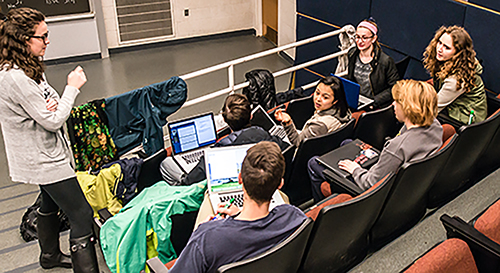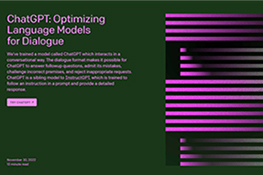Teaching in the Current Political Climate
 In a recent blog post, we addressed challenges and opportunities in returning to the classroom in the days immediately following an extremely divisive election. Here, we want to provide resources for teaching in the post-election climate over the longer term. No matter their political perspective, instructors are likely to notice that their students' learning or their classroom dynamics have been affected by the big emotions swirling around the new administration.
In a recent blog post, we addressed challenges and opportunities in returning to the classroom in the days immediately following an extremely divisive election. Here, we want to provide resources for teaching in the post-election climate over the longer term. No matter their political perspective, instructors are likely to notice that their students' learning or their classroom dynamics have been affected by the big emotions swirling around the new administration.
We have assembled some guidance in response to relevant questions and concerns we have been hearing from instructors in recent days. The following topics are looming large for many. Each topic can be expanded by clicking the +.




 As an instructor at U-M, how can you contribute to a campus climate where all students feel valued and fully supported as members of our academic community? This is the key question behind the upcoming
As an instructor at U-M, how can you contribute to a campus climate where all students feel valued and fully supported as members of our academic community? This is the key question behind the upcoming 

 These are common questions as teachers prepare for the first days of class, an important time for setting the tone for what is to come in the term. CRLT links to many resources that can help faculty and GSIs think carefully about
These are common questions as teachers prepare for the first days of class, an important time for setting the tone for what is to come in the term. CRLT links to many resources that can help faculty and GSIs think carefully about 





